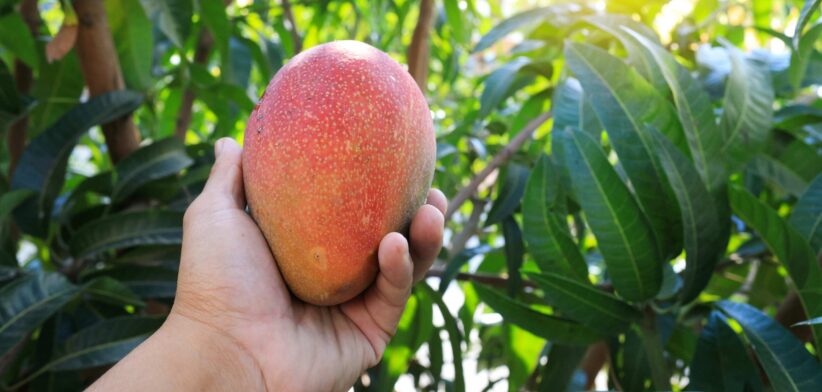A multi-million program is aiming to develop smaller, high-density and automated orchards to improve crop yields and overcome labour shortages.
Hort Innovation Chief Executive Officer Brett Fifield said growers and plant scientists were working together on a new $41m tree crop program to accelerate the development of new almond, apple, citrus, macadamia and mango varieties.
Mr Fifield said the project aimed to develop smaller, high-density orchards for higher yield and supported by automation to reduce the pressures caused by labour shortages.
He said the new varieties would also feature highly desirable traits such as better storage and quality, higher nutritional content and climate resilience for sustainably-produced Australian-grown fruit and nuts.
“This investment would prepare tree crop industries for a more productive and profitable future.
“Equipping plant breeders with the tools they need to develop genetics for the next generation of orchards will support the horticulture industry to enhance resilience to climate change and diseases, find efficiencies through the adoption of automation technologies, and increase productivity,” Mr Fifield said.
Mr Fifield said the program, which involves collaboration with QUT, Murdoch University, University of Queensland and Western Sydney University, built on more than five years’ of researching tree genomics and crop physiology to enhance orchard production systems and develop new tree crop varieties.
QUT program director Professor Peter Prentis said the program had a focus on maximising resources.
“To maximise space and resources in next generation orchards, this program will focus on the development of smaller, less vigorous tree varieties planted at higher densities,” Professor Prentis said.
“These smaller, high-density orchards will maximise yield per unit area and support the implementation of automated management tools that will help growers improve their productivity at reduced costs.”
“The research will then flow directly to active breeding programs that can use this knowledge and these tools to assist them in accelerating the development of new fruit and nut varieties for Australian producers.”








